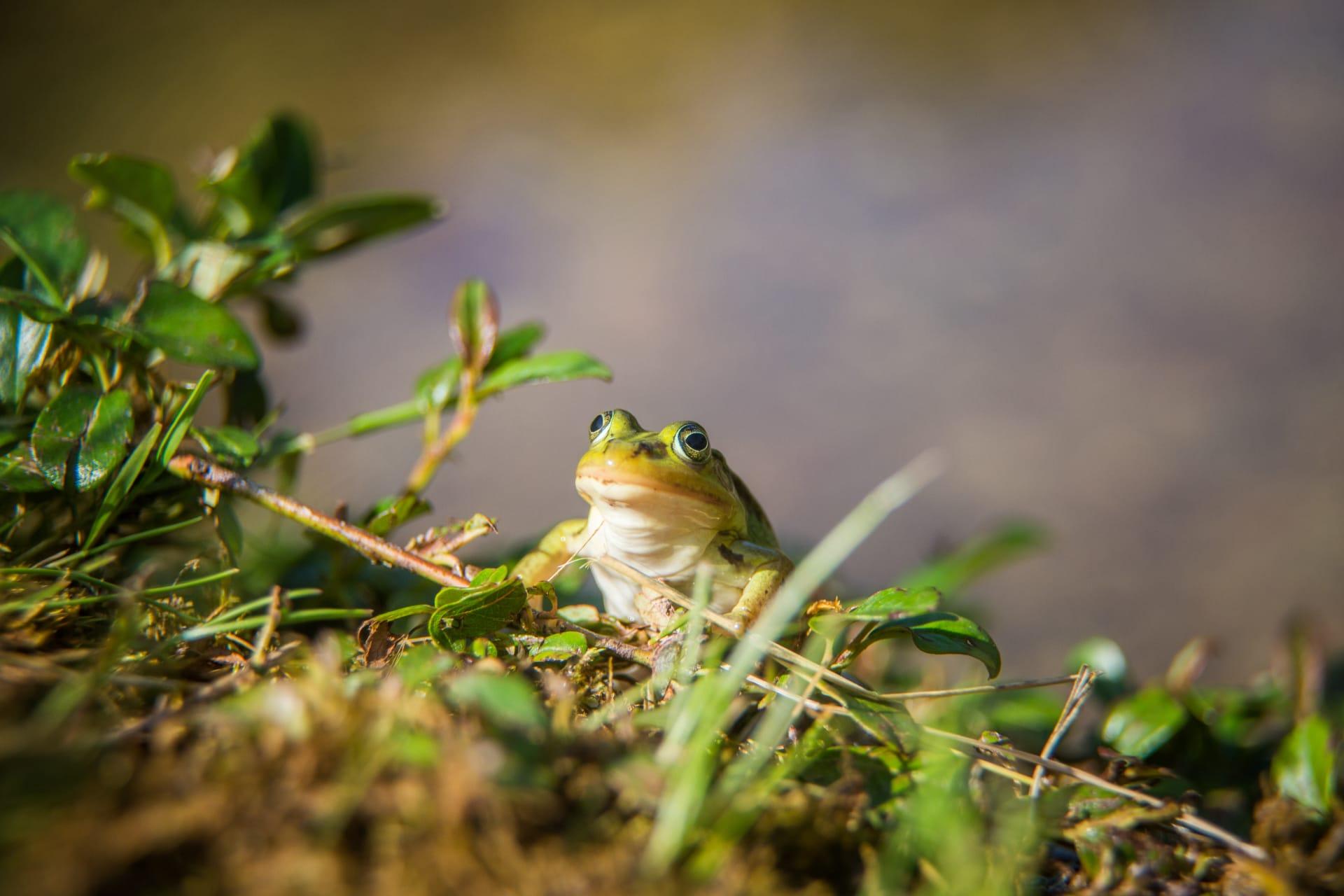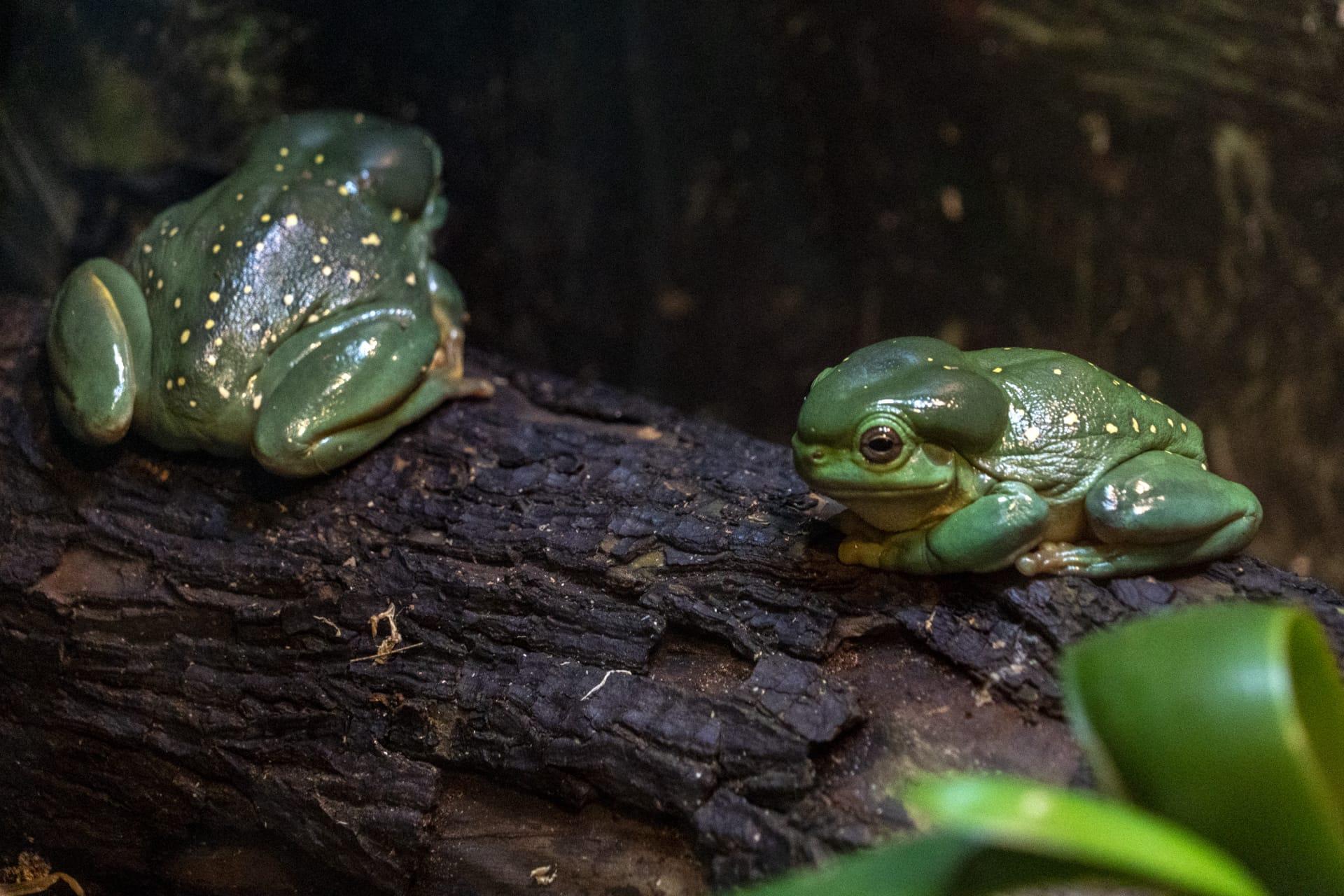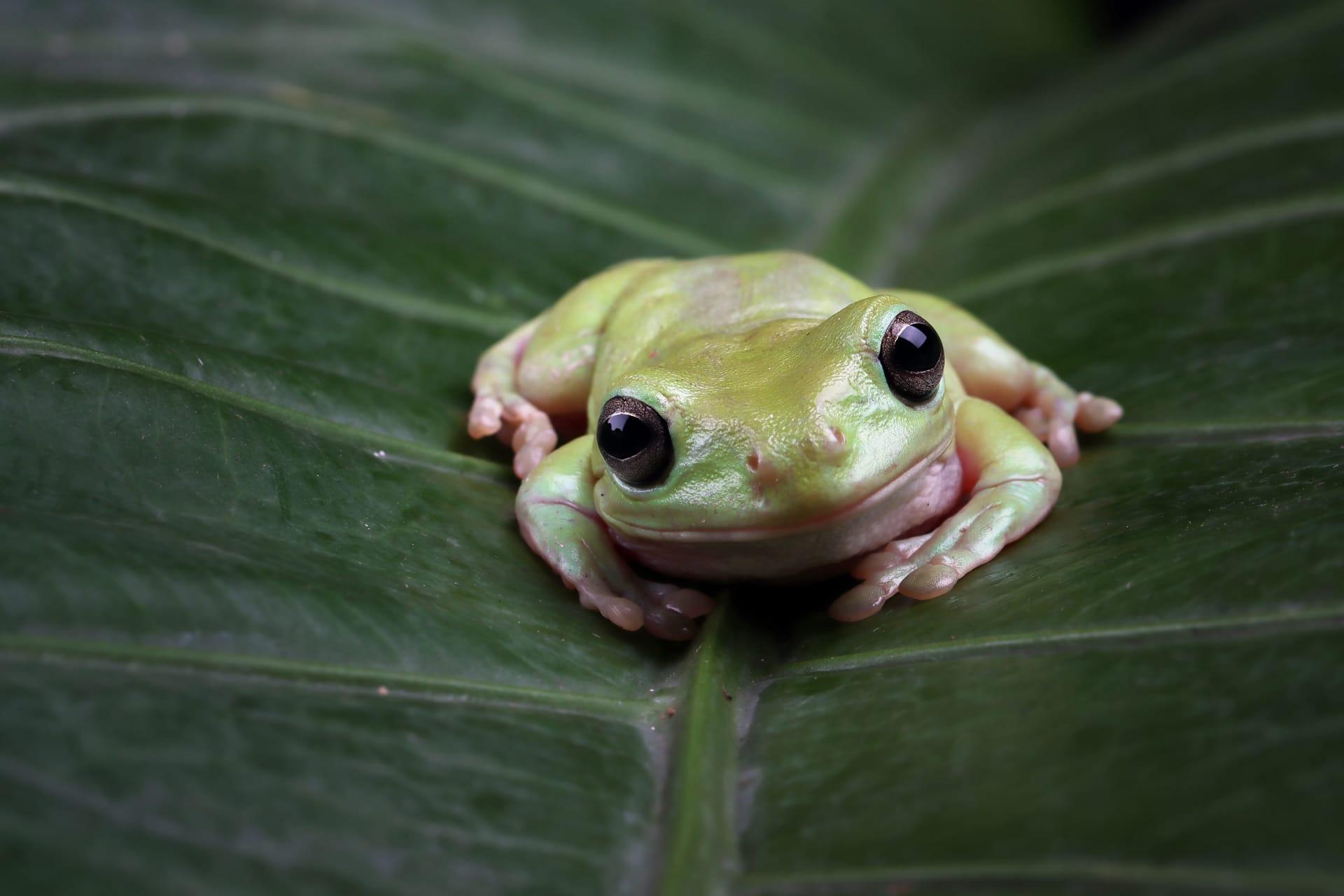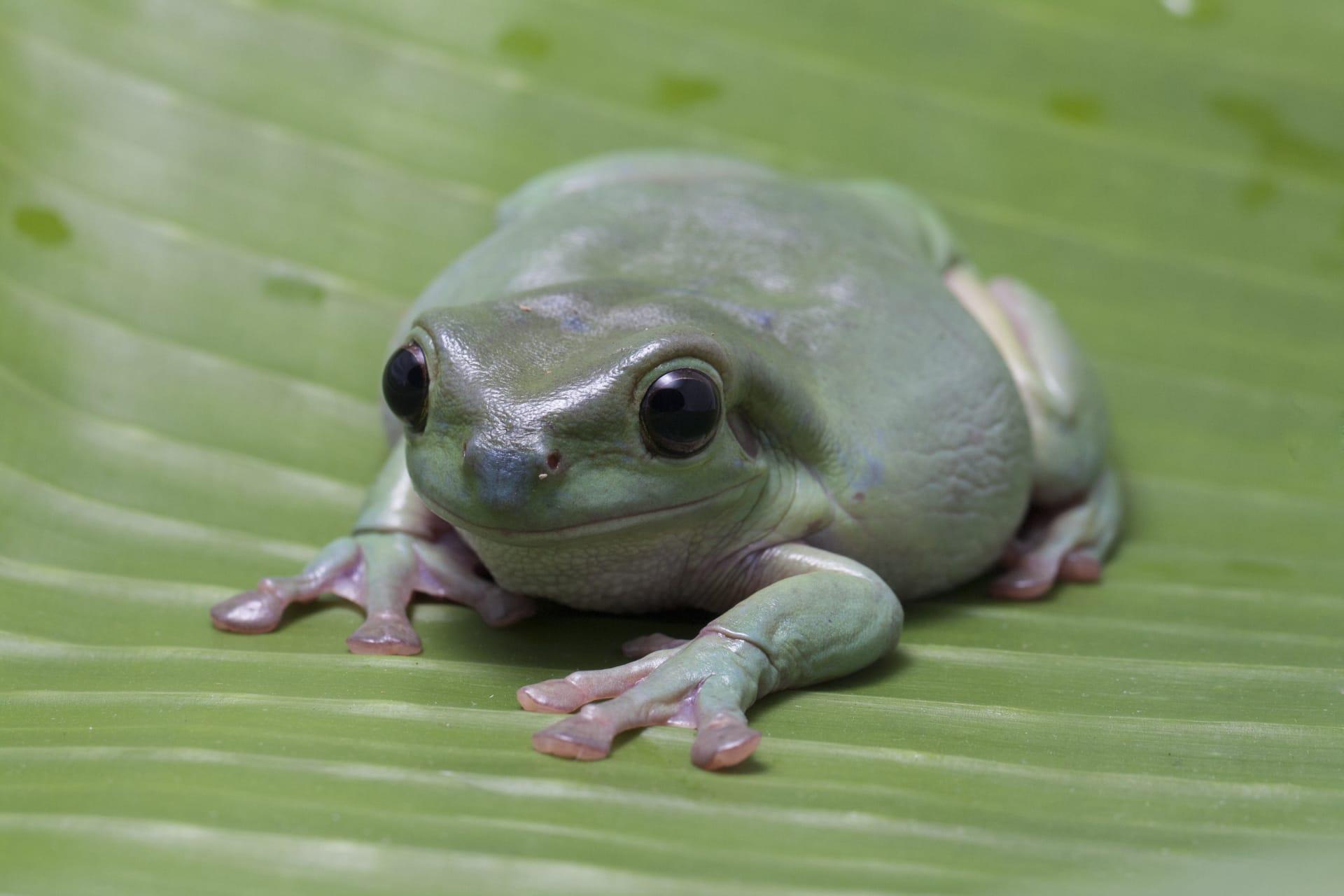Tree Frog
- Home /
- Mini Encyclopedia /
- Animal /
- Tree Frog
1
Tree frogs, a diverse group of amphibians, belong to the family Hylidae. This family, with over 800 species, is characterized by their slender bodies, long legs, and sticky toe pads for climbing. Species like the American green tree frog (Hyla cinerea) and the red-eyed tree frog (Agalychnis callidryas) are among the most recognized. These frogs vary greatly in color and size, with some species measuring just an inch while others grow up to 4 inches long.
Tree frogs are found in a wide range of environments across the globe, predominantly in tropical and subtropical regions. They inhabit areas in North and South America, Europe, Africa, and Asia. Their habitats range from dense rainforests to arid deserts, though most species prefer moist, wooded environments. For instance, the European tree frog (Hyla arborea) is widespread across Europe, while the Australian green tree frog (Litoria caerulea) is native to Australia and New Guinea.

2
Question: Do tree frogs only live in trees?
Answer: It's a common misconception that tree frogs exclusively inhabit trees. While their name suggests a life spent in the treetops, many species are found in a variety of environments, including on the ground and in water bodies. Their arboreal design, particularly the suction pads on their toes, does make them adept climbers and well-suited for life in foliage. However, their habitat choice is diverse, with some species like the barking tree frog (Hyla gratiosa) also thriving in terrestrial and marshy areas.

3
Tree frogs have evolved several survival strategies to thrive in their habitats. One key adaptation is their skin color, which can change to blend with their surroundings—a form of camouflage. This not only helps them avoid predators but also aids in ambushing prey. For instance, the gray tree frog (Hyla versicolor) can change its skin color to match its environment.
Another strategy is their reproductive method. Many tree frogs lay their eggs in water, but some, like the red-eyed tree frog, lay eggs on leaves overhanging water. When the eggs hatch, the tadpoles fall into the water. This adaptation protects their offspring from aquatic predators and increases their survival rate.

4
In ecosystems, tree frogs play a vital role in maintaining balance. As predators, they help control insect populations, feeding on a variety of bugs and spiders. This not only keeps pest numbers in check but also aids in disease control, as many insects are vectors for diseases.
Tree frogs are also important indicators of environmental health. Their permeable skin makes them sensitive to pollutants and changes in the environment, making them effective bioindicators. A decline in tree frog populations often signals ecological imbalance, prompting conservation efforts to preserve biodiversity and ecosystem health.

5
Film: "The Secret Life of Frogs" is a notable documentary produced in the United States in 2018. It explores the diverse world of frogs, with a special focus on tree frogs. The film showcases their unique behaviors, adaptations, and the challenges they face due to environmental changes.
Book: "Frogs of the United States and Canada" by C. Kenneth Dodd Jr. is a comprehensive guide published in the United States in 2013. This two-volume set covers all aspects of frog biology and conservation, with detailed information on tree frog species found in the U.S. and Canada.
Book: "A Complete Guide to Frogs of Australia" by Michael J. Tyler and Frank Knight, published in Australia in 2019, offers an in-depth look at Australian frogs, including several tree frog species. The book provides extensive details on their habitat, behavior, and conservation status, making it a valuable resource for enthusiasts and researchers alike.